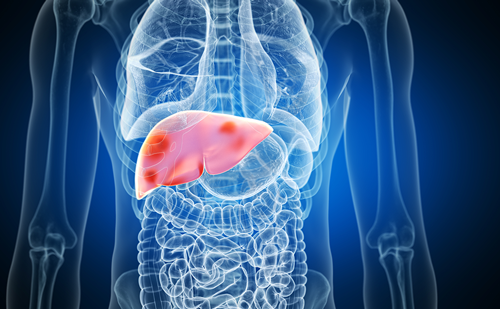Diabetic nephropathy (DN) has become the most frequent cause of terminal renal failure in western countries. Its natural course has been well described and includes the development of functional and structural degenerative changes in the kidney. More specifically, glomerular membrane thickening, mesangial matrix expansion, microvascular changes, arteriolar hyalinosis, and tubular degeneration are characteristic aspects of overt DN. In view of the marked increase in the incidence of type 2 diabetes, over the next few years it will be vital to determine the mechanisms underlying this pathology. Hyperglycemia is known to be implicated in the development of the above-mentioned degenerative changes and as a hyperglycemic state is associated with the formation of advanced glycation end-products (AGEs) it is likely that the latter play a major role in the pathogenesis of the changes that occur during DN. At the present time, new therapeutic approaches to limit the progression of DN are being investigated. Thus a fuller understanding of the mechanisms underlying AGE formation and the inhibitors thereof is of major importance in this respect.
Introduction to Advanced Glycation End-products
AGEs are toxic compounds that are formed from a link between a reducing sugar and an amino group on the lysine and arginine residue of certain proteins. Their toxicity, which is triggered by a chronic hyperglycemic state associated with diabetes, can act in three different ways: via deposition in the tissues, through in situ formation, or by receptor activation.
Advanced Glycation End-product Formation
Three pathways can lead to AGE formation: the Maillard reaction, the polyol pathway, and glycoxidation (see Figure 1).1 Glycation, which was first described in 1912 by LC Maillard constitutes the main pathway; the activation of this process depends on the glucose concentrations, time and temperature and several stages are required before AGEs can be formed.2 The reaction between sugar and proteins leads to the formation of a Schiff base within a short time period (minutes or hours), which then undergoes rearrangements to yield Amadori products. The latter products are subject to further rearrangements, following which they become intermediary glycation products such as glycated hemoglobin, which is used in clinical practice. The final step of the reaction leading to the formation of AGEs requires longer periods of time (i.e. months).3
To view the full article in PDF or eBook formats, please click on the icons above.







